Motorola Moto One Power Review: Great Daily Driver With Average Cameras
Karamchand Rameshwar - Mar 07, 2021
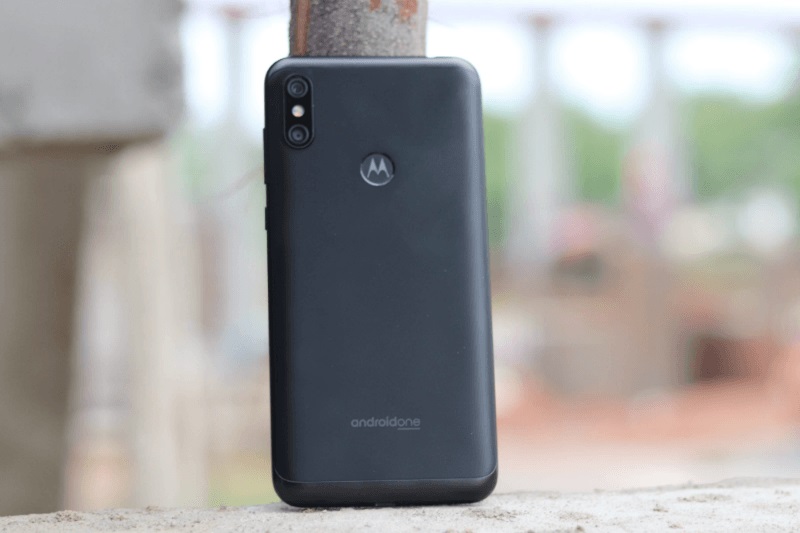
With a price of Rs. 15,999, the Motorola Moto One Power addresses the needs of an average user, except for the subpar camera performance.
- OPPO Reno 14 Series Hits India: Launch Date, Cameras, and Specs
- POCO X2 vs POCO F2 Pro: Reasons Why POCO X2 Is A Better Choice
- Samsung Galaxy M12 Debuts In India With 90Hz Display & 48MP Quad Cam
Motorola is pretty known for offering smartphones with a great build quality, quick updates, near-stock Android, and great pricing. That is also the case for the Motorola One Power, (also knwon as Moto One Power), which is a part of Google’s Android One program. The Moto One Power price in India is Rs. 15,999 - pretty good in comparison to other phones in the market. Its biggest competitors should be the ZenFone Max M1, Redmi Note 5 Pro, and Nokia 6.1 Plus. Let’s see if the Moto One Power can shine in the segment and stand up against all of them.
Motorola Moto One Power Review
Moto One Power review: Design & Build quality
This is the first phone from Motorola to feature the notch design. It carries a 6.2-inch screen and a Motorola logo at the bottom edge. The handset is a bit bulky as it has a thickness of nearly 9mm and weighs 205 grams. Therefore, you might feel a bit tired when holding the phone for some time.
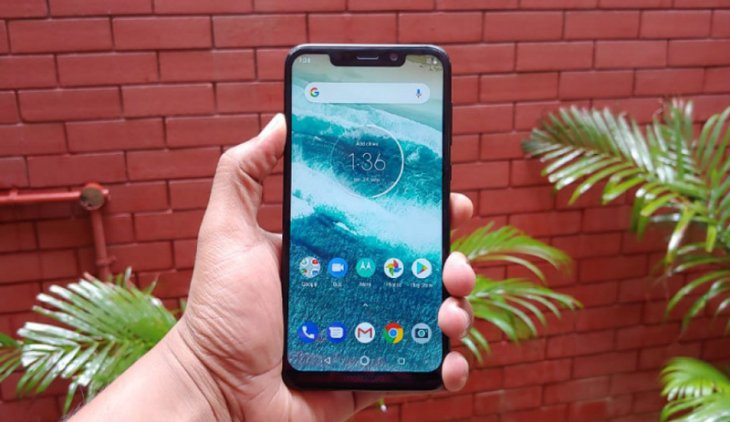
Motorola uses metal as the build material for the back of this phone but opts for plastic for the sides. In comparison, the mid-range Nokia 6.1 Plus has a glass back, which makes it certainly look more premium than this one. At the back, you can see that the dual cameras and a dual-tone LED flash are stacked vertically.
Moto One Power review: Specifications & Features
The device has a decent set of specifications and Motorola certainly took a look at its rivals before making this phone. Its specs look pretty similar to those of the Nokia 6.1 Plus and Redmi Note 5 Pro. Powering the phone is a Snapdragon 636 chipset, featuring four cores clocked at 1.8GHz and four cores clocked at 1.6GHz. The device is available in a single variant with 4GB RAM and 64GB storage. Don’t worry about the 64GB storage as you can use a microSD card to expand its storage (up to 256GB).
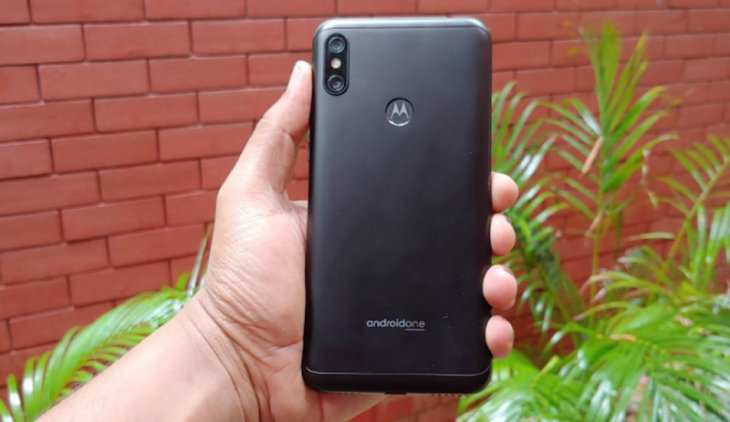
On the front, its 6.2-inch ITPS IPS display supports FHD+ resolution and an aspect ratio of 19:9. The display does have a good viewing angle and useable under direct sunlight. You can tweak its color temperature and choose between vivid and standard options. As for connectivity, it supports standard options like Wi-Fi, GPS, USB-OTG, FM Radio, and Bluetooth 5.0. Sadly, Motorola doesn’t provide dual-4G feature on this phone, meaning you can only use 4G on one SIM and 3G on the other.
Since the device is a part of the Android One program, it comes with stock Android 8.1 Oreo out of the box and is promised to get Android updates for two years and security updates for up to three years.
Moto One Power review: Performance & Battery life
As mentioned, the One Power is driven by a Snapdragon 636 chipset, which is a pretty powerful chipset and that is why there were only occasional lags or stutters. With 4GB of RAM, you will comfortably run a few apps without having to kill any of them in the background.
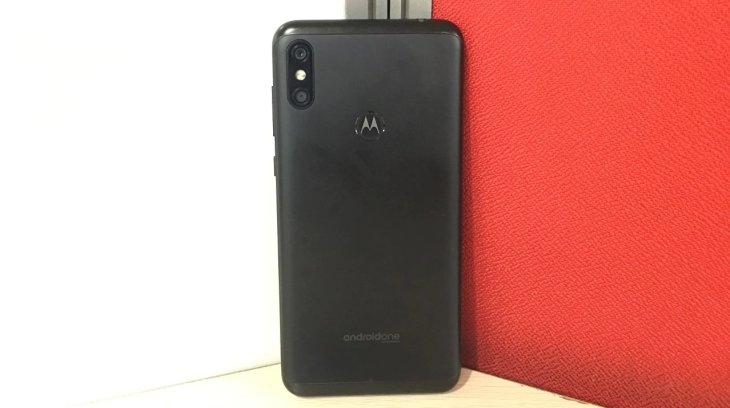
The device has a beefy 5,000 mAh battery, helping it achieve a very good battery life. It lasted over 16 hours in our HD video loop test, showing that this phone is a great phone for binge-watching TV series, movies, or YouTube videos. During our time with the phone, we usually started the day with 70 percent of battery.
After taking a few photos, running WhatsApp in the background, playing PUBG Mobile for 30 minutes, and checking my Facebook feed a couple of times, I still had 19 percent of battery left at the end of the day. Another thing I want to mention is the 15W fast charging solution on this phone. It helped the device charge 30 percent in under 30 minutes and 72 percent in one hour. You might have to wait 2 and a half hours to fully charge this phone.
One thing I’m not really happy about this phone is the fingerprint reader. Wherever I unlocked the phone, the sensor quickly scanned my fingerprint, but the phone was slow to turn on the screen.
Moto One Power review: Cameras
The dual cameras on the rear of this phone include a 16MP main sensor with PDAF and a 5MP portrait camera. On the front, it carries a 12MP camera for selfies with an aperture of f/2.0 and a pixel size of 1.25-micron. There are four camera modes available, including Photo, Expert, Photo, and Video. You can control exposure, shutter, IOS, focus, and white balance before taking photos with the Expert mode.
The Google Lens feature is also integrated into the app and allows you to identify objects you are focusing on. Even though the main camera has a 16MP resolution, you have to switch to a 4:3 aspect ratio in order to shoot 16MP photos. If not, the camera will be set by default at 18.7: aspect ratio.
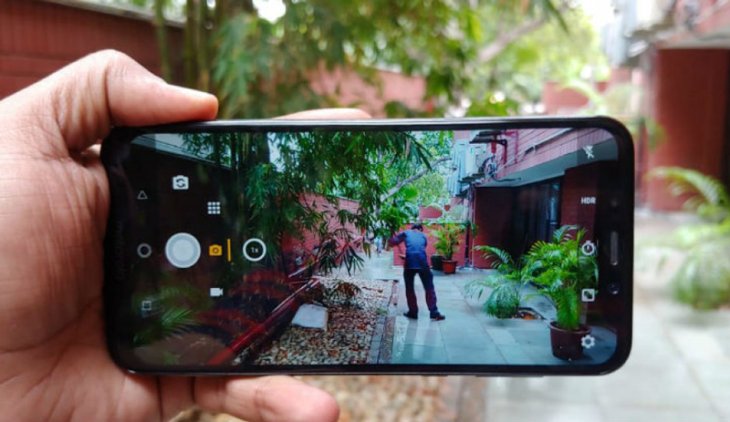
In good lighting conditions, the device is pretty quick at detecting scenes and get ready for a shot. Personally, we find the Moto One Power great at capturing daylight shots as it managed to capture a decent amount of detail. Sadly, you won’t be happy with the macro camera as it usually struggled to focus on the object that we wanted to. On the bright side, when we managed to make it focus on the object, it did deliver a sharp photo with great separation between the object and the background.
Here are some camera samples of the Moto One Power:
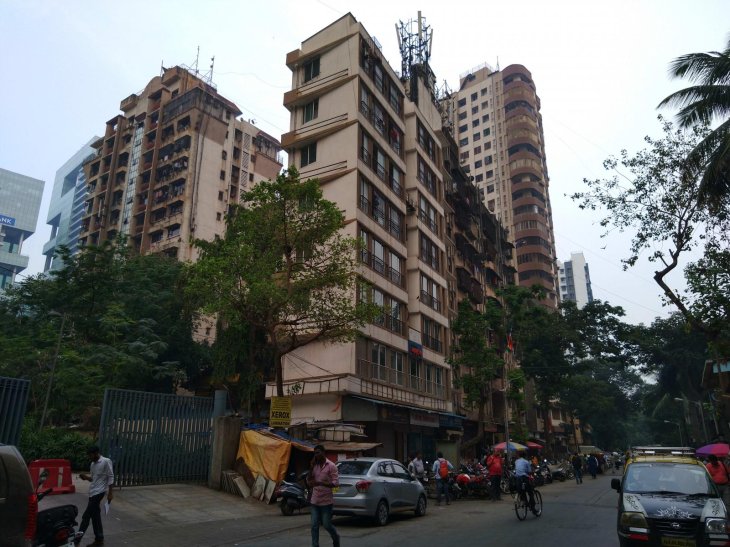


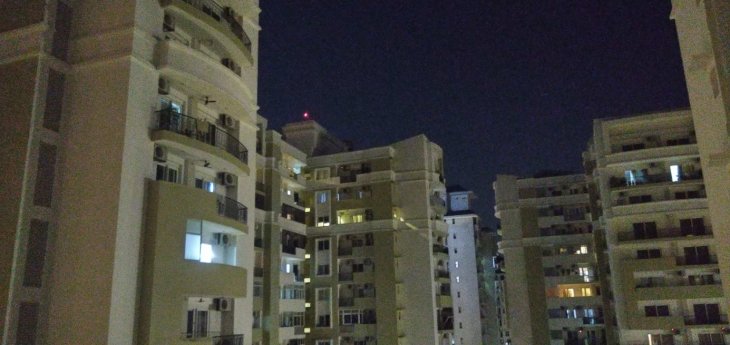

As expected for a smartphone in the segment, the device didn’t do well when there wasn’t much light. It failed at capturing details and the low-light photos lacked sharpness as well. You could use the dedicated Night mode, but it won’t automatically switch on. So, you have to do it manually, but the results did get more details and were sharper.
>>> OPPO Reno5 5G Series Revealed As It Goes On Pre-Orders: Design, Specs, Launch Date
Featured Stories

Review - Aug 23, 2025
Revolutionize Your Communication: How to Buy Virtual Numbers on Telegram

Review - Jun 25, 2025
Windows 11 Problems: Is Microsoft's "Best" OS Actually Getting Worse?

Features - Jun 18, 2025
Best Mobile VPN Apps for Gaming 2025: Complete Guide

Review - Jun 18, 2025
Nintendo Switch 2 Review: A Triumphant Evolution Worth the Wait

Mobile - Jun 12, 2025
Best Gaming Phones 2025: Top Devices for Mobile Gaming

Mobile - Jun 12, 2025
Vivo T4 Ultra Debuts with MediaTek Dimensity 9300+ Chipset

Gadgets - Jun 12, 2025
Lava Prowatch Xtreme Launches with Google Fit Integration

Mobile - Jun 08, 2025
Realme GT 7T Review: Power Meets Endurance in Controversial Style

Mobile - Jun 07, 2025
Realme C73 5G Launches in India: Budget 5G Phone Starts at ₹10,499

Review - Jun 07, 2025
Comments
Sort by Newest | Popular